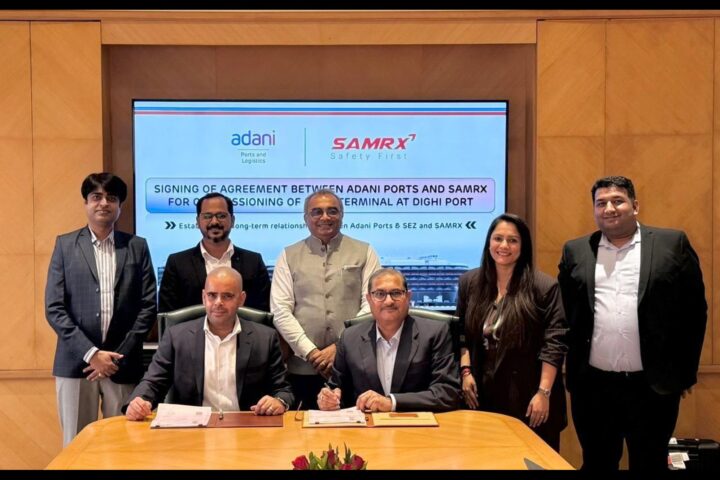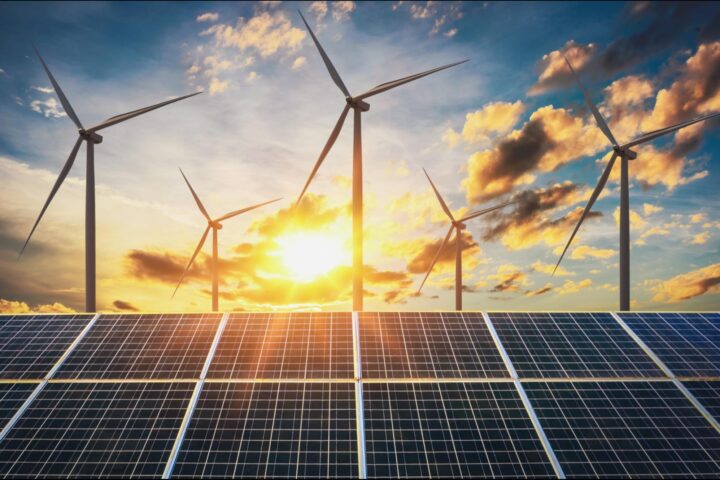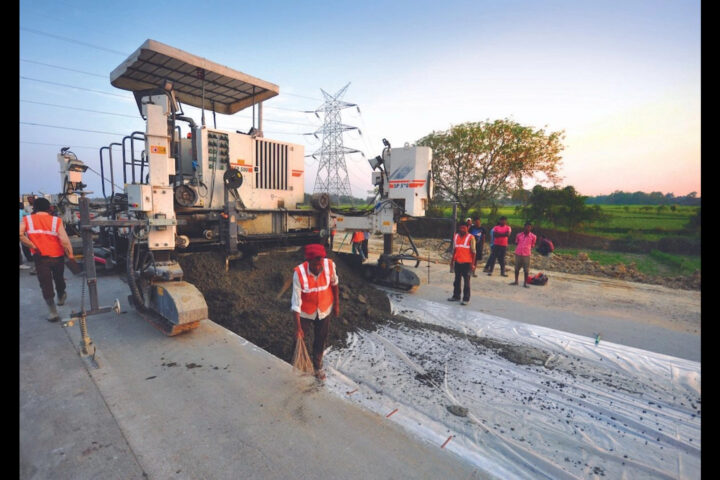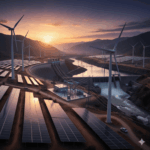by Akshay Kashyap, Founder and Managing Director of Greenfuel Energy Solutions
India’s commitment to achieving net-zero emissions by 2070 is more than a climate pledge, it represents a transformational moment in the country’s transition toward clean energy and green mobility. This bold vision is catalyzing innovation, shaping policy and channeling investment into future-ready solutions that are both sustainable and economically viable.
A key enabler of this momentum is India’s proactive and evolving policy landscape. Initiatives such as the National Hydrogen Mission, the Production-Linked Incentive (PLI) schemes and the FAME policy are creating a fertile environment for research, domestic manufacturing and the commercialization of clean energy technologies. These programs reflect a national intent to not only reduce emissions but also democratize access to clean, cost-effective mobility solutions across urban and rural areas alike.
Complementing these policies are fiscal incentives that encourage cleaner alternatives. Recent tax reductions for CNG vehicles, along with the removal of customs duty on capital goods used in green hydrogen projects (as announced in the Union Budget 2023–24), signal India’s shift toward making clean mobility more affordable for consumers and more scalable for manufacturers.
At the same time, hydrogen is emerging as a key pillar in India’s decarbonization strategy. A major breakthrough occurred in early 2024 when naturally occurring hydrogen reserves, also known as “white hydrogen,” were discovered in Shivaganga, Karnataka. This rare geological find, if proven commercially viable, has the potential to redefine India’s energy security by offering a low-cost, zero-carbon alternative to conventional fuels. These reserves could drastically reduce the processing cost and time associated with hydrogen production, positioning India ahead in the global hydrogen race.
Green hydrogen, in particular, is likely to come in handy in India’s clean energy future. While the internationally accepted target of $1 per kilogram is an optimistic mark which will take a while to hit, India’s policy framework provides encouraging outlooks. The union of advancing solar power, electrolyzer technology, and the PLI scheme along with domestic manufacturing can provide a boost towards meeting the goals. As mentioned in a 2022 report by NITI Aayog and the Rocky Mountain Institute, there is an expectation that India will emerge as one of the global leaders in economically producing green hydrogen by 2030. The National Green Hydrogen Mission strongly supports this goal aiming to achieve an annual production of five million metric tons of green hydrogen by the years 2030.
Meanwhile, the country’s innovation ecosystem is flourishing. Clean-tech startups, academic institutions and industry leaders are jointly developing cutting-edge technologies ranging from hydrogen fuel cells and battery energy storage systems to floating solar power plants and AI-optimized smart grids. These developments are critical for managing energy intermittency and ensuring seamless integration of renewables into India’s power and mobility infrastructure. Technologies like digital twins, predictive AI and IoT-based systems are making both grid operations and transportation networks more resilient and efficient.
With increasing penetration of renewable energy, energy storage has become essential to maintaining grid stability and powering next-generation mobility solutions such as EVs and hydrogen vehicles. Battery Energy Storage Systems (BESS) are being rapidly deployed and smart grids backed by AI and IoT are enhancing real-time energy management capabilities. The Central Electricity Authority (CEA) projects that India will need over 38 GW of battery storage capacity by 2032 to support its renewable energy ambitions – a massive opportunity for innovation and investment.
This green transformation also carries enormous economic potential. The renewable energy and mobility sectors are projected to generate more than 3.7 million new jobs in India by 2030. With support from Skill India and other upskilling programs, the country is building a workforce capable of thriving in the new green economy from clean energy engineers and hydrogen technicians to digital grid analysts and EV maintenance experts.
Crucially, India’s progress is being accelerated by international cooperation. Strategic partnerships including the India-EU Hydrogen Partnership, the Indo-German Green Hydrogen Taskforce and the U.S.-India Strategic Clean Energy Partnership are bringing technological expertise, long-term funding and global best practices into the Indian market. These alliances are not only helping scale hydrogen infrastructure and renewables but also reinforcing India’s credibility as a climate leader on the world stage.
India’s journey toward net-zero is far more than a sustainability initiative. It is a moment to redefine national progress, industrial growth and economic inclusion through the lens of clean energy and green mobility. With strategic foresight, policy conviction and a vibrant ecosystem of innovators and collaborators, India is positioned to lead the world into a low-carbon, high-opportunity future.




















